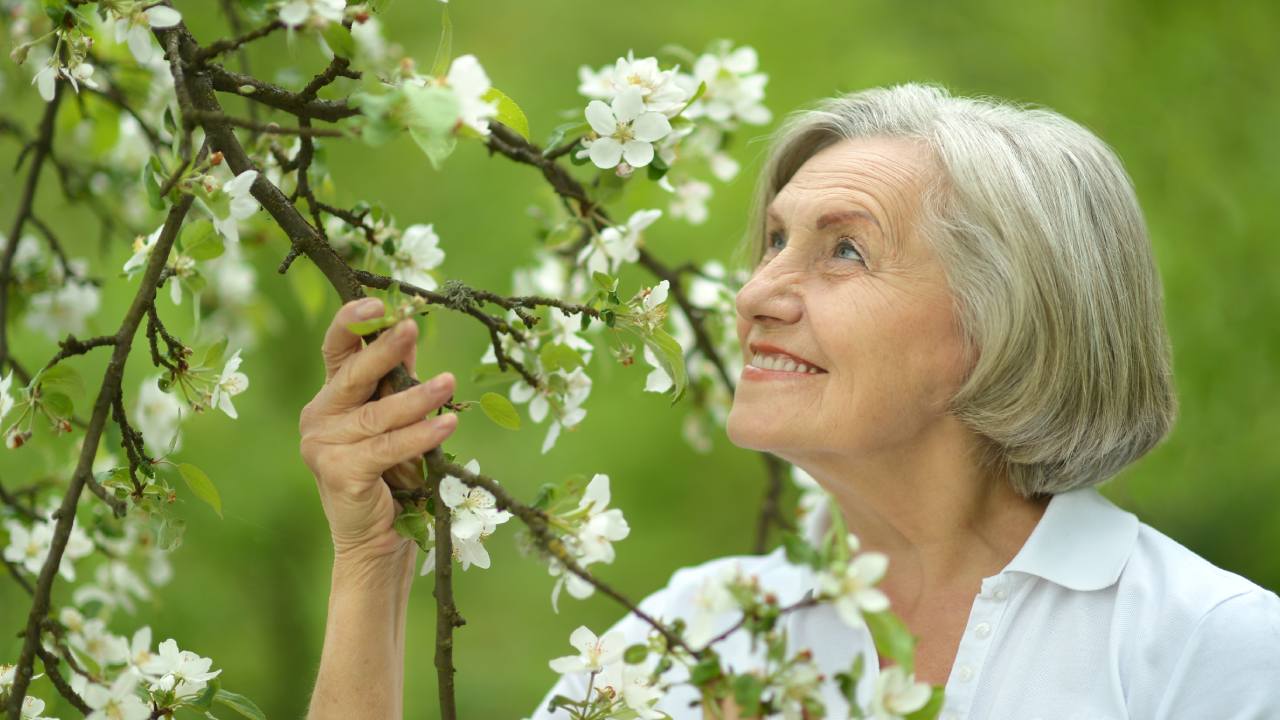5 of the best air-cleaning plants according to NASA

The best plants are the ones that do double duty – and all of these purify your air of toxic chemicals. Even better, they’re easy to grow. According to the Environmental Protection Agency, our homes can have three to five times more pollutants than the outdoors. You could be living in a “sick” house and not realize it: Substances like xylene (in paint and lacquers), benzene (furniture wax, insect sprays) trichloroethylene (cleaners, adhesives), and formaldehyde (upholstery, air fresheners) – can produce symptoms like headaches, sore throats, or allergy-like breathing troubles. The NASA Clean Air Study was designed to find effective and simple ways to detox the air in the space station – and it reveals that common house plants have air purifying superpowers.
1. Boston Fern
Boston ferns are native to tropical forests and swamp areas so they will thrive in low light and high humidity – they’re ideal for your bathroom. The moisture from your shower will hydrate the plant, requiring little extra care from you. Besides being a pretty and decorative addition to your bathroom, the Boston fern helps remove xylene and – the NASA study revealed – it was the top house plant for removing formaldehyde.
2. Spider plant
Talk about a plant that keeps giving. It removes impurities from the air like formaldehyde and carbon monoxide. NASA’s study found that spider plants removed 95 per cent of formaldehyde from a sealed plexiglass chamber in 24 hours. Even better, the main plant sends out shoots, called “spiderettes” that flower and eventually grow into baby spider plants that you can transplant. That also helps: Research indicates that people are more relaxed and happy after caring for plants – say, for example, when they’re re-potting them.
3. Bamboo plant
This plant boasts elegance and height in addition to removing harmful elements like benzene and formaldehyde. Bamboo palms also help keep indoor air moist, making it a welcome addition in dry winter months. This palm takes a bit more care: It loves bright, but not direct sunlight and needs monthly fertilising and regular misting; when it outgrows its container (every two to three years), you’ll need to re-pot it.
4. Devil’s ivy
Devil’s ivy is actually quite angelic. It’s considered one of the most effective indoor air purifiers from benzene, formaldehyde and xylene. Plus, if you’re new to growing house plants, this is a great first plant to get. It’s lush, hardy and inexpensive. Another nice feature is that it can grow up to 2.5 metres long and in a variety of directions. In a hanging basket, it will trail downwards. Place it a pot and train it to climb a totem or trellis or place in a pot on a mantle or coffee table and let it grow horizontally.
5. Gerbera
These colourful and cheerful daisies were mainly outdoor plants until florists started using them in arrangements. Grown indoors, they can produce flowers at any time of the year, in white, red, orange, pink and purple. The flowers usually last around four to six weeks, but even without the flowers, the gerbera or Barberton daisy has lush, dark green leaves that are effective at filtering out formaldehyde, benzene and trichloroethylene. They are most happy with full sun and plenty of water and well-drained soil.
Written by Lisa Marie Conklin. Republished with permission of Handyman.
